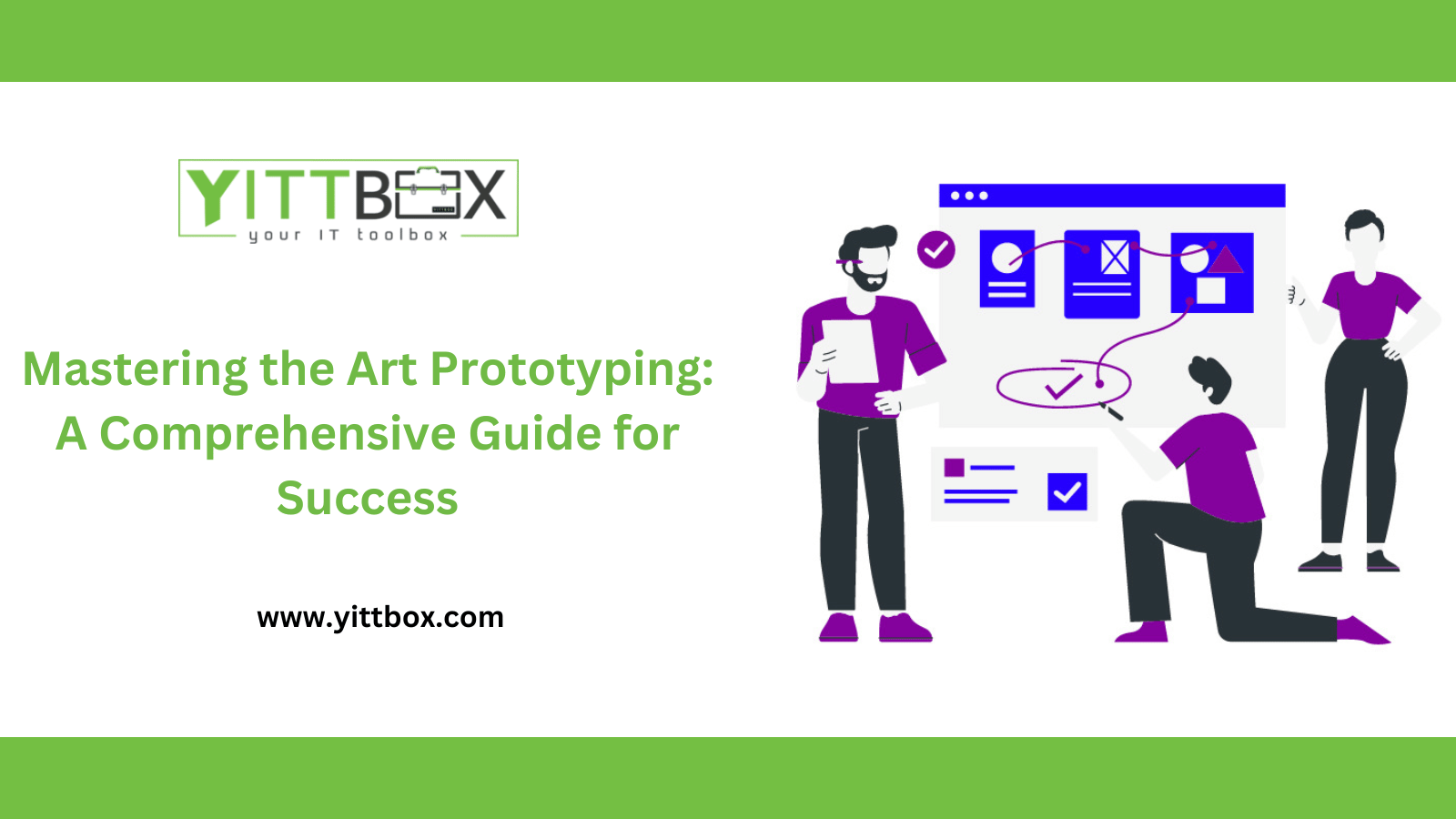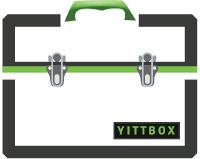Introduction to Mastering Prototyping
In the dynamic realm of product development, the role of prototypes is nothing short of pivotal. They serve as the tangible manifestation of ideas, providing a hands-on preview of a product's design, functionality, and user experience. In this comprehensive guide, we delve into the why and how of building prototypes, exploring the significance and unveiling the top prototype tools available in the market.
Why Build Prototypes: Unveiling the Significance
1. Iterative Development:
Prototyping facilitates an iterative development process, allowing teams to refine and enhance product designs based on real-world feedback. This iterative approach ensures that the final product aligns seamlessly with user expectations.
2. User Feedback and Validation:
By presenting a tangible representation of the product, prototypes enable teams to gather valuable user feedback. This feedback becomes instrumental in refining features, improving usability, and addressing potential pain points before the final product launch.
3. Risk Mitigation:
Prototypes serve as a risk mitigation strategy by identifying design flaws and technical challenges early in the development cycle. This preemptive approach minimizes the likelihood of costly revisions and delays during the later stages of production.
4. Stakeholder Communication:
Visual prototypes serve as a powerful communication tool, bridging the gap between designers, developers, and stakeholders. They provide a common visual language, ensuring that everyone involved in the project shares a cohesive understanding of the product vision.
How to Build Prototypes: Navigating the Process
1. Define Objectives and Scope:
Clearly define the objectives and scope of the prototype. Determine what aspects you want to test or showcase, whether it's user interactions, design aesthetics, or technical feasibility.
2. Select the Right Prototype Tool:
Choosing the right prototype tool is crucial. Several tools cater to diverse needs, from simple wireframing to high-fidelity interactive prototypes. Some popular options include:
-
Figma: Known for its collaborative features, Figma allows real-time collaboration, making it an excellent choice for remote teams.
-
Adobe XD: Adobe XD offers a seamless design-to-prototype workflow, enabling designers to create interactive prototypes with ease.
-
InVision: A widely-used tool for creating interactive and animated prototypes, InVision facilitates user testing and feedback collection.
3. Build Low-Fidelity Prototypes:
Start with low-fidelity prototypes to quickly iterate through design concepts. Low-fidelity prototypes focus on the basic structure and functionality, allowing for rapid adjustments based on initial feedback.
4. Iterate and Refine:
Use feedback gathered from stakeholders and users to iterate and refine the prototype. This cyclical process ensures that the final product meets user expectations and business objectives.
Top Prototype Tools in the Market: A Brief Overview
1. Figma:
Pros: Real-time collaboration, cloud-based storage, versatility for design and prototyping.
Cons: Learning curve for beginners.
2. Adobe XD:
Pros: Seamless integration with Adobe Creative Cloud, auto-animate feature, easy-to-use interface.
Cons: Limited collaboration features in the free version.
3. InVision:
Pros: Robust collaboration and user testing features, integration with popular design tools.
Cons: Some advanced features may require a paid subscription.
Conclusion: Elevating Your Prototyping Game
In the ever-evolving landscape of product development, mastering the art of prototyping is a non-negotiable skill. Whether you're a seasoned designer or a budding entrepreneur, understanding the significance of prototypes and selecting the right tools empowers you to navigate the complexities of product development with confidence. Embrace the iterative, user-centric approach of prototyping, and witness how this strategic investment propels your projects to new heights of success.







